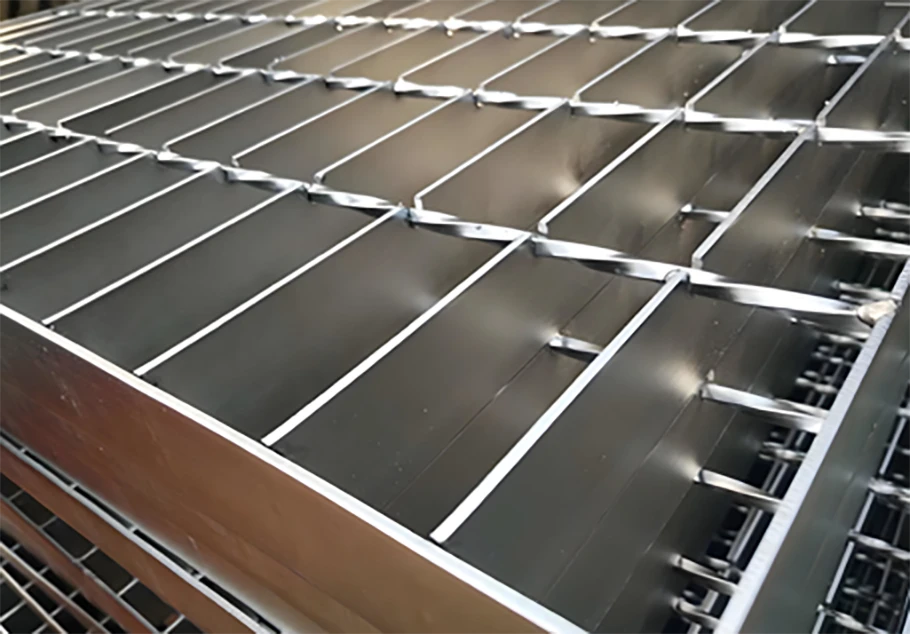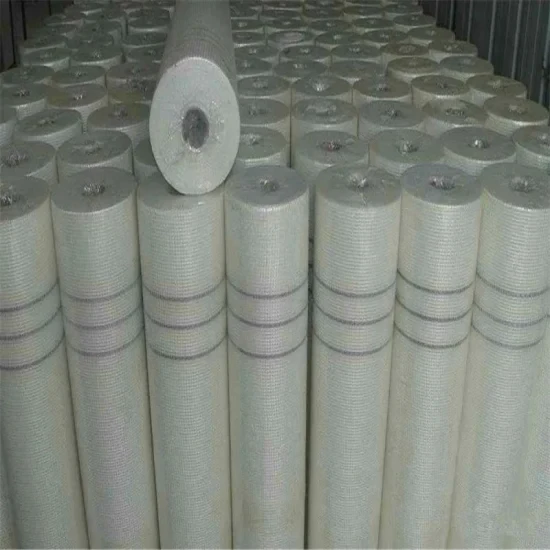Jan . 20, 2025 02:50 Back to list
galvanized grating


Safety and reliability are paramount in applications that handle daily foot or vehicular traffic. Stainless steel grids enhance slip resistance, offering peace of mind in environments prone to moisture or spillage. Thus, the grating grid fulfills its duty as a safety net, quite literally, where integrity and trustworthiness converge. Facility managers and city planners unanimously advocate for these functional attributes, reinforcing the reliability of grating grids in bolstering infrastructural safety. Another interesting dimension is the eco-friendly potential of grating grids. Many companies are now emphasizing sustainability, choosing eco-conscious materials and manufacturing processes. The recyclability of materials like aluminum not only enhances the ecological footprint but also caters to the increasing demand for sustainable building practices, which are vital to our planet's future — a standpoint supported by experts and environmental authorities alike. For professionals considering integrating grating grids into their projects, the key takeaway is the importance of collaboration with seasoned manufacturers and suppliers. Reliable partners offer crucial support, from initial design advice to post-installation maintenance, ensuring the grating grids fulfil their potential correctly. This symbiotic partnership fosters trust and guarantees a seamless transition from conception to reality. In conclusion, the relevance of the grating grid in modern design and engineering is a culmination of practical benefits, technical expertise, and sustainable foresight. Their robust yet adaptable nature, coupled with an extensive range of materials and a solid track record in enhancing safety and aesthetics, renders them indispensable. Leveraging proven experience, industry expertise, and trusted applications, grating grids are not mere flooring alternatives; they are a cornerstone of innovative structural advancements, reliably supporting both the present needs and future ambitions of engineering excellence.
Latest News
-
Brick Mesh Wall Solutions | Enhanced by GPT-4 Turbo Design
NewsAug.01,2025
-
Premium Anti-Climb Fence Spikes for Sale
NewsAug.01,2025
-
Premium Peach Post Fence | Durable & Stylish Security
NewsJul.31,2025
-
Best Galvanized Grating Price - Durable Galvanized Steel Grating Solutions
NewsJul.30,2025
-
0.5-4.0mm Wire 2×2 4×4 8×8 Hot Dipped Galvanized Welded Mesh Roll
NewsJul.30,2025
-
Metal Fence Pickets for Sale – Durable Galvanized & Steel Options
NewsJul.29,2025
Our company owns has excellent CAD steel grating drawing designers, who can provide customers with perfect steel grating layout design and better meet customers' special requirements for products. We have been adhering to it the business tenet of "quality first, customer first", with high-quality products, reasonable prices, and the fastest delivery time, we wholeheartedly provide customers with a full range of services! Welcome new and old customers to cooperate sincerely and create brilliance together!
Contact Us
WELCOME TO OUR COMPANY!
Thank you for your interest in our services! If you have any questions or wousld like to book a service, please don’t hesitate to contact us. Our team is dedicated to providing you with the highest level of service and support, and we are committed to working with you to make your event a success.

Service Email

Service Phone
Product Center
Contact Us
- Phone: +86 +86 15733154345
- E-mail: sales@chengsenchina.com
- Address: B1213 GLOBAL CENTER, NO.226 ZHONGHUA NORTH STREET, SHIJIAHUANG, CHINA


























